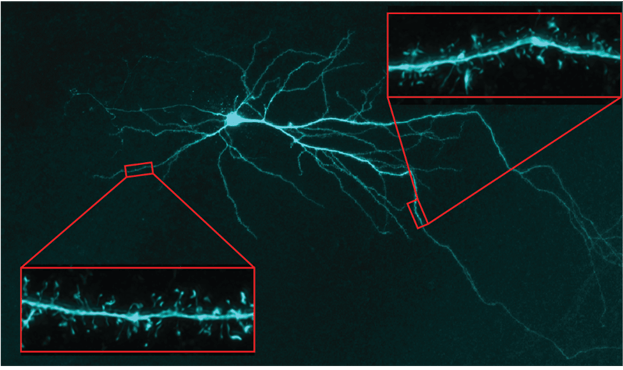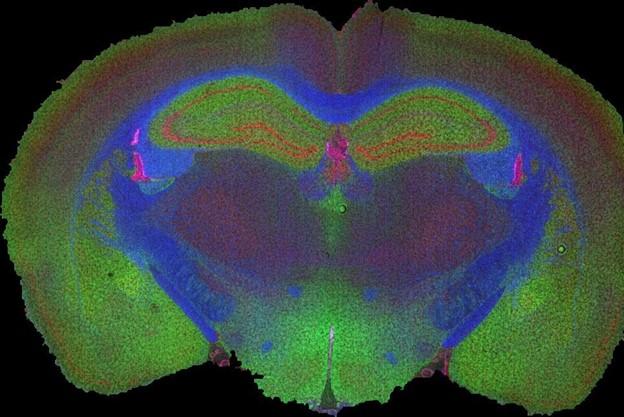The overarching goal of my lab is to understand cellular and molecular mechanisms of neuronal and circuit function in the context of aging and neurodegenerative disease.

The overarching goal of my lab is to understand cellular and molecular mechanisms of neuronal and circuit function in the context of aging and neurodegenerative disease.
The overarching goal of my lab is to understand cellular and molecular mechanisms of neuronal and circuit function in the context of aging and neurodegenerative disease. We have two main areas of research: 1) how genetic background, diet, and body weight affect the function of neurons in key CNS circuits responsible for food intake and 2) cognitive longevity in aging, particularly how metabolic and cellular functions/vulnerabilities contribute to brain health and cognition to influence risk for neurodegenerative diseases such as Alzheimer’s disease and related dementias.

To do this, we develop novel, translational mouse models of disease and incorporate advanced neurobehavioral phenotyping and single-cell techniques into our research program. We use whole-cell patch-clamp electrophysiology to examine the intrinsic excitability and synaptic properties of individual neurons, including those within memory-associated regions such as the hippocampus and appetite-associated regions such as the hypothalamus. This allows us to precisely characterize how specific neuronal populations respond to changes in physiological state.
We have pioneered the use of combined electrophysiology and single-cell ‘omics (Patch-seq and Patch-proteomics) and spatial mass spectrometry to create the first multi-scale (gene-transcriptome-proteome-lipidome-function) resource to link the functional properties of individual neurons with their unique molecular profiles, thus generating the most comprehensive understanding of how neuronal identity and function converge at the molecular level currently possible.

Finally, to understand how individual neurons contribute to brain-wide functioning, we are leading an effort to produce a spatial multiomic atlas of the brain to visualize and quantify proteins and lipids across the brain, and how these change with aging and disease. My lab is also actively developing new computational tools needed to visualize, analyze and integrate these multiple scales of data. Together, these cutting-edge approaches enhance our capacity to dissect the cellular and molecular mechanisms underlying neural control of behavior. They also position our lab to identify novel therapeutic targets for the treatment of obesity, brain aging, and related metabolic and cognitive disorders.